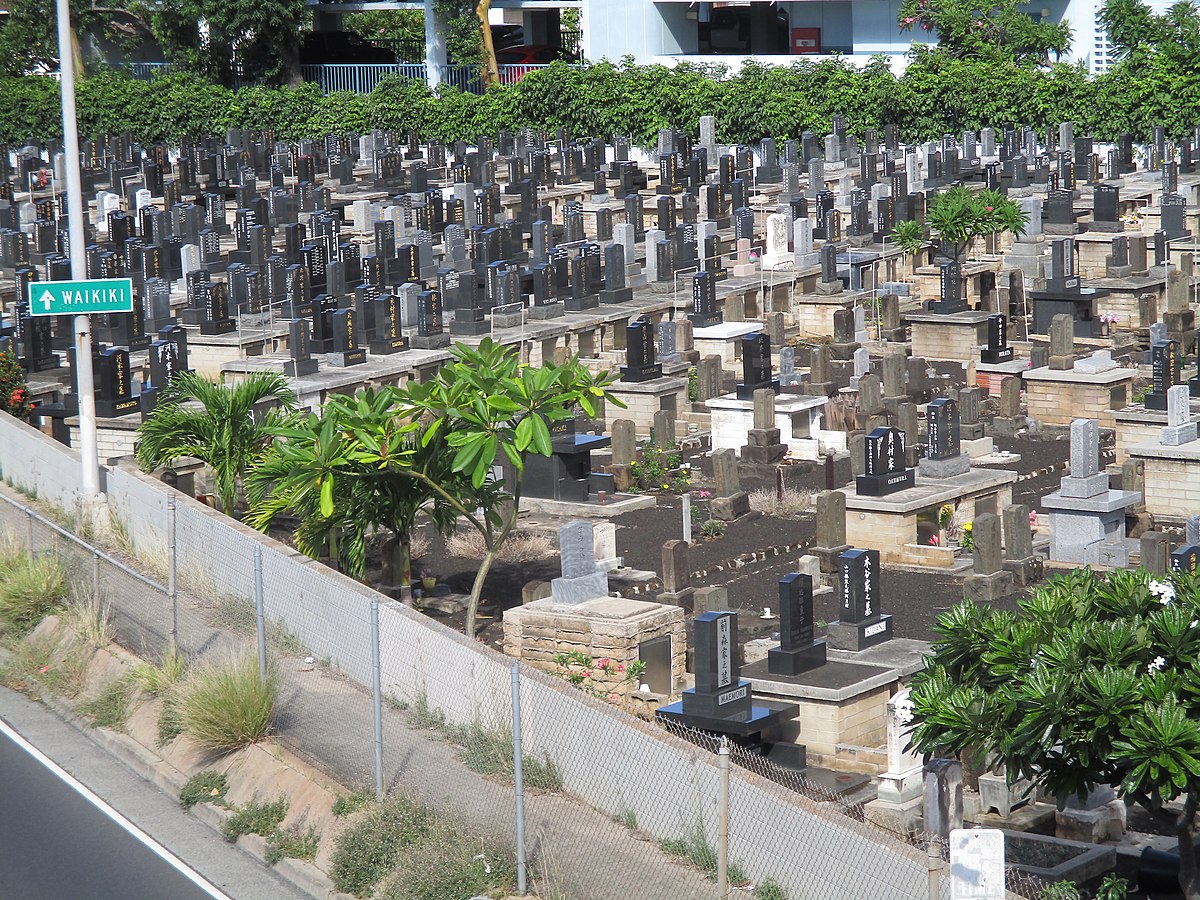2023 Experts Lecture Series Explores
Historic Cemeteries
Thursdays, January 26 to March 2, 2023 12:00 to 1:00 p.m.
Virtual on Zoom
Free, registration required (scroll down to register for individual lectures)
The series is curated by Dr. Ralph T. Kam, Historic Preservation Graduate Certificate Program, Department of American Studies, University of Hawai‘i at Mānoa. The series is co-sponsored by Historic Hawai‘i Foundation.
Expert presenters will lead us on a journey of six historic cemeteries in Hawai‘i describing their histories, what makes them significant and in some cases, challenges to their protection.
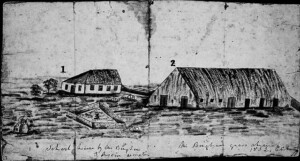
Thursday, January 26, 2023
12:00 to 1:00 PM
Mission Memorial Cemetery (1823), Honolulu, O‘ahu
Presenter: Mary Ann Lentz, Hawaiian Mission Children’s Society
Starting in 1823 with the burial of Levi Parsons Bingham, the child of pioneer missionaries Hiram and Sybil Bingham, burials began in the cemetery on the Diamond Head side of Kawaiaha‘o Church. Royalty later modeled their funerary practices on the early burials of the missionaries. The cemetery is part of the Kawaiaha‘o Church and Mission Houses National Historic Landmark.
VIEW THE RECORDING BELOW

Thursday, February 2, 2023
12:00 to 1:00 PM
Mauna ‘Ala Royal Mausoleum (1867), Nu‘uanu, O‘ahu
Presenter: Ralph Kam, author, “Death Rites and Hawaiian Royalty” (2012)
Thomas Nettleship Staley, the First Bishop of Honolulu, consecrated the Royal Mausoleum in 1867. When Episcopal Bishop Henry Bond Restarick consecrated the Kamehameha tombs at Mauna ‘Ala in 1908, he became the first American to sanctify a royal burial site. The chapel at the Royal Mausoleum was added to the National Register of Historic Places in 1976.
VIEW THE RECORDING BELOW
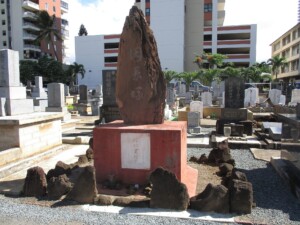
Thursday, February 9, 2023
12:00 to 1:00 PM
Mo‘ili‘ili Japanese Cemetery (1908), Mo‘ili‘ili, O‘ahu
Presenter: Laura Ruby, writer of the Nomination, National Register of Historic Places, for Mo‘ili‘ili Japanese Cemetery
The site of the Japanese cemetery reflects the character of the Mo‘ili“ili community in the early twentieth century. Today amidst the high-rise condominiums sits the last resting places of members of the turn-of-the-century Japanese Community. The site was added to the National Register of Historic Places in 2015
VIEW THE RECORDING BELOW
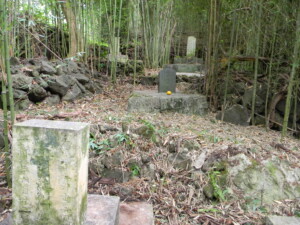
Thursday, February 16, 2022
12:00 to 1:00 PM
Hōlualoa Korean Association Cemetery (1917), Hōlualoa, Hawai‘i Island
Presenter: Deborah Chang is a retired land use planner and the Chairperson of the County of Hawai`i’s Public Access, Open Space, and Natural Resources Preservation Commission.
With land bought in 1917, an association of Korean immigrants created the last resting place for workers in the coffee farms and sugar plantation in Hōlualoa. Learn about efforts to nominate the site to the National Register of Historic Places.
VIEW THE RECORDING BELOW
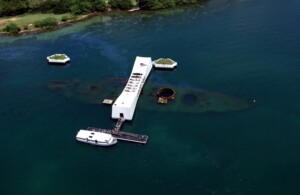
Thursday, February 23, 2023
12:00 to 1:00 PM
Arizona Memorial (1941) and the Unknowns at the National Memorial Cemetery of the Pacific (1949), Pearl Harbor, O‘ahu
Presenter: DeSoto Brown, Bishop Museum Historian and Archivist. Author, “Hawaii Goes to War: Life in Hawaii from Pearl Harbor to Peace” (1989)
The Arizona Memorial bridges the sunken wreck of the U.S.S. Arizona with 1,102 sailors still entombed within. Bodies that were recovered were interred as Unknown in mass graves at the National Memorial Cemetery of the Pacific. Today, renewed efforts at identification using advances in DNA technology are providing closure for the families of men who died on December 7, 1941.
VIEW THE RECORDING BELOW
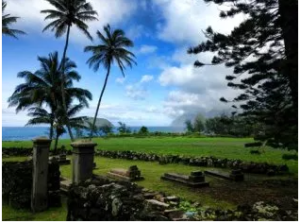
Thursday, March 2, 2023
12:00 to 1:00 PM
Cemeteries of Kalaupapa National Historic Park (1866), Kalaupapa, Moloka‘i
Presenter: Liz Sargent, FASLA, principal with Liz Sargent Historic Landscape Architecture, developed the Cemetery Management Plan for Kalaupapa and Kalawao Cemeteries.
Burials at Kalaupapa and Kalawao consist of an estimated 8,000 graves, with 1,551 tombs and grave makers, mainly in twenty sites, including ‘Īliopi‘i Cemetery, Kahaloko Cemetery, Kauhakō Crater, Moku Puakala and Papaloa Cemetery. Kalaupapa is a National Historic Landmark and was named as a National Historic Park in 1980. The National Park Service maintains a Grave Marker Preservation Program.


